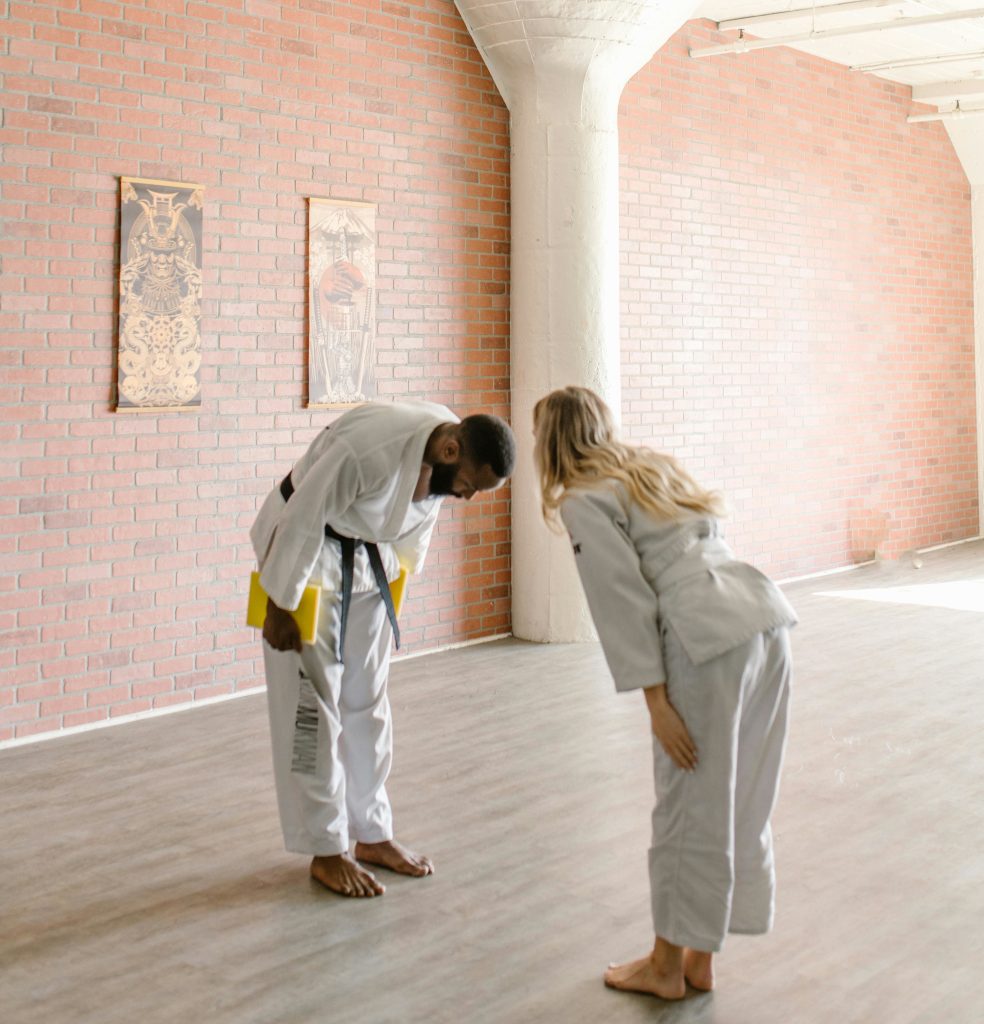Chapter 3: Culture

Introduction to Culture
If you passed someone in a hallway, joined a video conference, or even called into a radio show, it’s likely you and the other people involved would exchange some version of the following question: “How are you?” One of you may ask the other. You may exchange a greeting and the question or one of its variants. Generally, we do not consider our responses to these acquaintances as rules. We simply say, “Hello!” and ask, “How was your weekend?” or some other trivial question meant to be a friendly greeting.
We all adhere to various rules, expectations, and standards that are created and maintained in our specific culture. These rules and expectations have meaning, and there are many ways by which the meanings can be misinterpreted or misunderstood. When we do not meet those expectations, we may receive some form of disapproval such as a look or comment informing us that we did something unacceptable.
Consider what would happen if you stopped and informed everyone who asked “Hi, how are you?” exactly how you were doing that day, and in detail. In Canadian society, you would violate norms of ‘greeting.’ Perhaps if you were in a different situation, such as having coffee with a good friend, that question might warrant a detailed response.
These examples are all aspects of culture, which is comprised of shared values (ideals), beliefs which strengthen the values, norms and rules that maintain the values, language so that the values can be taught, symbols that form the language people must learn, arts and artifacts, and the people’s collective identities and memories. Sociologically, we examine in which situation and context a certain behavior is expected and in which it is not. People who interact within a shared culture create and enforce these expectations. Sociologists examine these circumstances and search for patterns.
In everyday conversation, people in Canada, rarely distinguish between the terms culture and society, but the terms have different meanings, and the distinction is important to a sociologist. A culture represents the values, beliefs, norms, language, symbols, and practices of a group, while society represents the people who share a culture. Neither society or culture could exist without the other.
Within Canada many groups of people share a community and a culture. By “community,” sociologists refer to a definable region of a society, real terra firma—as small as a neighborhood (e.g. Little Italy or Little Jamaica in Toronto), as large as a country (Ethiopia, Nepal or the U.S.), or somewhere in between (in Canada, this might include someone who identifies with Maritimes or the East Coast society).
In this chapter, we examine the relationship between culture and society in greater detail and pay special attention to the elements and forces that shape culture including symbols, language, values and beliefs. A final discussion examines the theoretical perspectives from which sociologists research culture.
Additional Optional Resources
Why is Football Hooliganism Back on the Rise? by Matthew Wilkin
In this podcast, we examine the perceived rise of post-Covid hooliganism and anti-social behaviour. Is the problem as bad as the media claims? The host and guest Dr. Hoff connect this discussion to drug use, cultural resistance, subcultures and moral panics. Is this practice masculinity gone amuck? Or is something else going on? While we may consider this practice misguided and dangerous, using our sociological imagination we can consider the role of anomie and our human need to feel part of a collective and common culture.
Intercultural Guide to Humor (at home and abroad) by Piotr Pluta
In this video, Piotr Pluta discusses how humour can influence our perceptions of people from various cultures which can help increase trust. However, Pluta highlights the underside of humour and its ability to underline differences as well.
Section Summary
3.1 What is Culture
Though “society” and “culture” are often used interchangeably, they have different meanings. A society is a group of people sharing a community and culture. The term culture generally describes the shared values, beliefs, norms, language, practices, and artifacts of these people, and includes material and nonmaterial elements. Our experience of cultural difference is influenced by our ethnocentrism (judging others using your cultural standards) and xenocentrism (belief that another culture is superior). Sociologists practice cultural relativism (assessing others using their own cultural standards) although it is quite difficult.
3.2 Elements of Culture
A culture consists of many elements, such as the values, beliefs, norms and practices of its society. Culture is also governed by norms, including laws, mores (norms that embody moral views), and folkways (traditions without any moral underpinnings). The symbols and language of a society are key to developing and conveying culture.
3.3 High, Low, Pop and Counter Culture
Sociologists recognize that there is a dominant culture or cultural practice that is dominant often characterized as the norm in a society as well as different types of cultures within societies. Societies also consist of many subcultures (a smaller cultural group within a larger culture). Some arise as a result of a shared identity or interest. Countercultures reject the dominant culture’s values and create their own cultural rules and norms.
3.4 Theoretical Perspectives on Culture
Three major theoretical approaches toward the interpretation of culture include structural functionalism, symbolic interactionism, and conflict sociology. Functionalists view cultural processes in terms of the function they perform in reproducing shared values, norms and meanings. Symbolic interactionists are primarily interested in the ways symbols acquire meanings in say to day interactions. Conflict sociologists examine the ways in which culture expresses inequalities and power relationships in societies based on factors like gender, class, race, and age. Debate between sociologists who seek to explain or interpret various cultural occurrences often returns to these foundational views in the discipline.
Media Attributions
- Martial Artists Bowing © RDNE Stock Project used under license via Pexels

